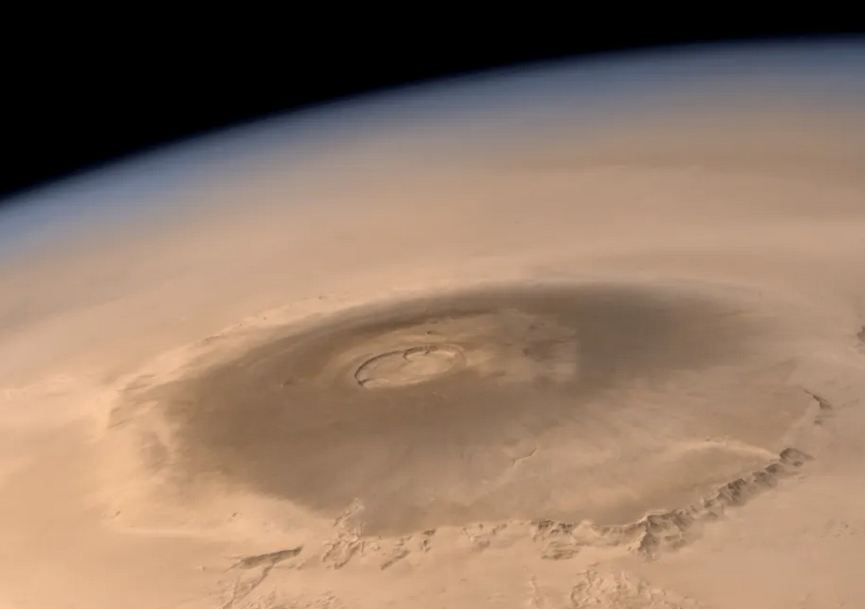Hellas Planitia, Kuiper Belt water drops, and boiling blood—here’s how close we actually are
For decades, terraforming Mars has been the stuff of sci-fi daydreams and Elon Musk soundbites. But a new 2025 study by Dr. Leszek Czechowski from the Polish Academy of Sciences drops some serious science on what it would actually take to make Mars… well, survivable.
It’s not a Mars base fantasy. It’s a practical first step—a targeted pressure boost in one specific region that may change the entire game.
Boiling Blood and Martian Reality
Right now, Mars will literally boil your insides. The atmospheric pressure is so low that liquid water turns into vapor instantly, even inside a human body.
According to Czechowski’s research, the goal isn’t to fully replicate Earth’s atmosphere right away. Instead, he proposes a near-term milestone: raise Mars’ surface pressure to 1/10th of Earth’s.
-
At that pressure, water boils at 50°C.
-
It wouldn’t be comfortable—but it wouldn’t be instantly lethal either.
-
That makes it the first realistic milestone toward terraforming.
Terraforming Starts at Hellas Planitia
Why not terraform the whole planet at once? Because that’s insane.
Instead, Czechowski identifies Hellas Planitia, a massive impact basin, as the ideal starting point:
-
It’s the deepest natural point on Mars.
-
The air pressure there is already 1/100th of Earth’s sea level pressure.
-
It’s the closest zone to being marginally survivable.
Translation? If Mars is ever going to have a pocket of semi-breathable air, this is where it starts.
Where Do We Get the Air?
Here’s the catch: Mars doesn’t just need pressure—it needs gases. Specifically, nitrogen and water vapor to build a breathable atmosphere.
Asteroids? Not enough nitrogen.
Oort Cloud? Has it all—but it’s 15,000 years away.
So what’s left?
The Kuiper Belt.
-
It’s loaded with icy objects full of water and volatiles.
-
They’re closer than the Oort Cloud.
-
They could be rerouted toward Mars within decades—not millennia.
But there’s a big warning here: these objects are fragile. They can disintegrate when pulled closer to the Sun, making the logistics messy and unpredictable.
How Close Are We Really?
Terraforming still isn’t happening next year—but Czechowski’s paper shifts the conversation from wild speculation to measurable physics:
-
A partial pressure atmosphere is doable in localized zones.
-
Hellas Planitia could be the testbed.
-
Kuiper Belt water imports are technically possible with near-future propulsion systems.
This is no longer a “what if.” It’s a “what first.”
FAQ: Terraforming Mars in 2025
Q: Could we ever walk on Mars without a suit?
Not soon. But if pressure hits 1/10th of Earth’s, water wouldn’t instantly vaporize. That’s a huge leap forward.
Q: Why not just nuke the poles like Musk suggested?
Because it’s wildly inefficient and would release mostly CO₂. What we need is nitrogen, water vapor, and a stable pressure zone—not chaos.
Q: Could we move Kuiper Belt objects to Mars?
Yes—but they’d need to be carefully controlled. Too fast, and they break apart. Too slow, and we wait centuries.
Q: What makes Hellas Planitia special?
It’s the lowest-altitude point on Mars, which means higher pressure and thicker atmosphere—key ingredients for survival.
Q: What would be the first signs terraforming is working?
Higher surface pressure, condensation of water vapor, and surface temps that allow liquid water to pool—even temporarily.
If you’re still imagining Mars as a frozen graveyard, it’s time to shift your mindset. The future might not be domes and glass bubbles—it might start with a deep basin, a pressure spike, and a slow trickle of Kuiper Belt ice.
Terraforming isn’t fiction anymore. It’s just engineering—on a planet-wide scale.












Leave a Reply